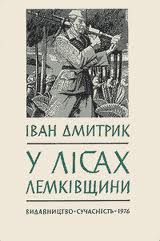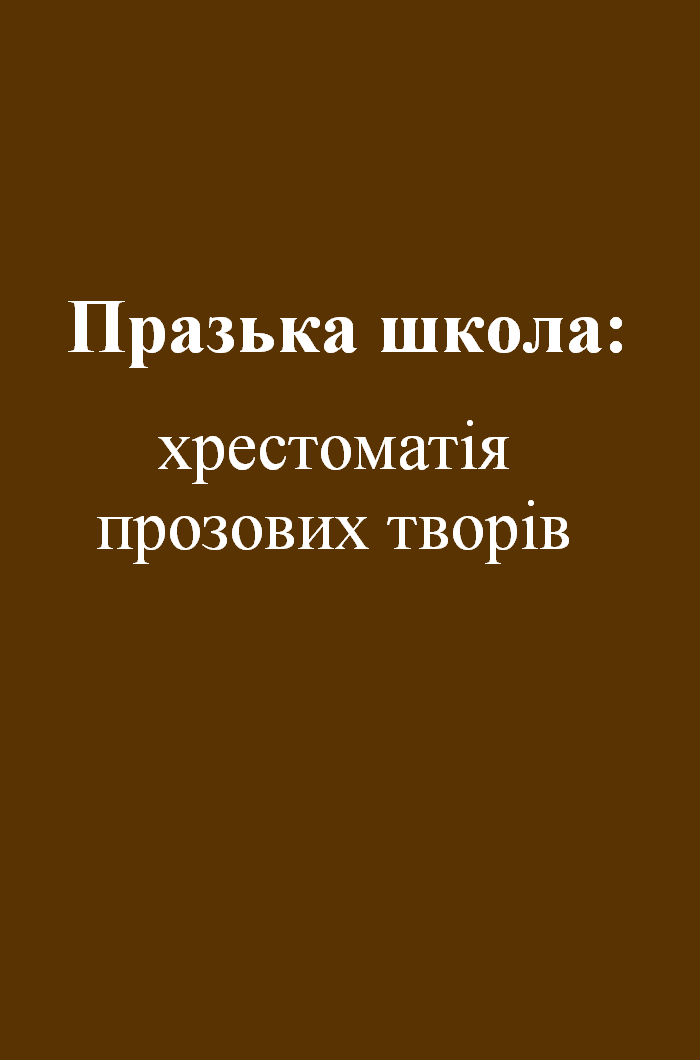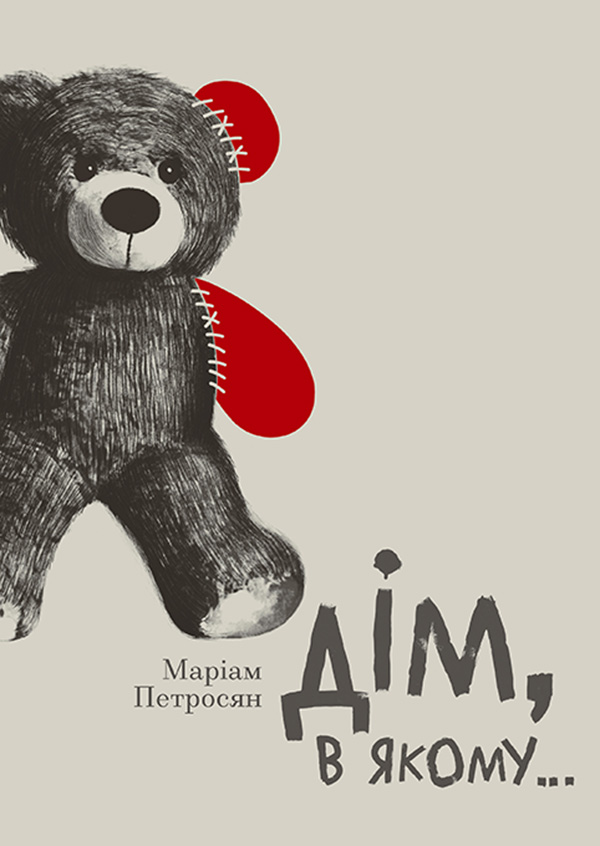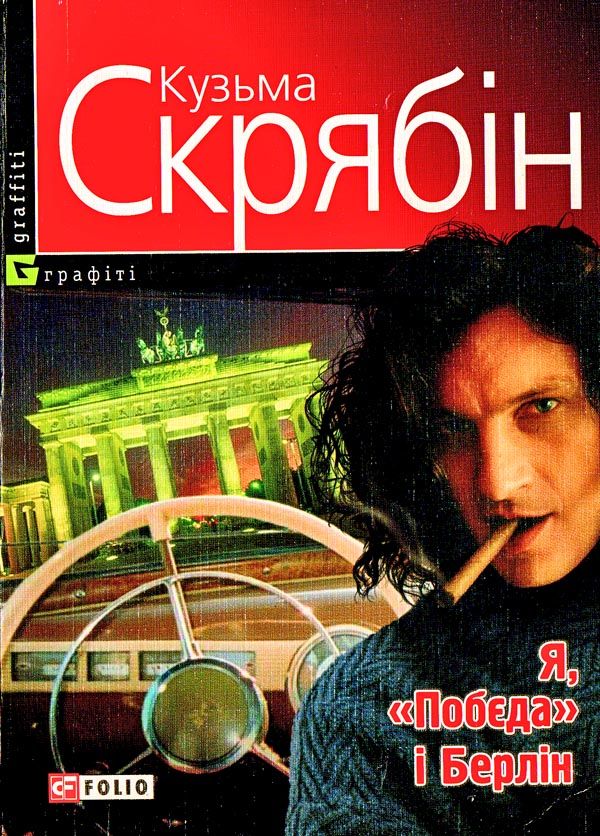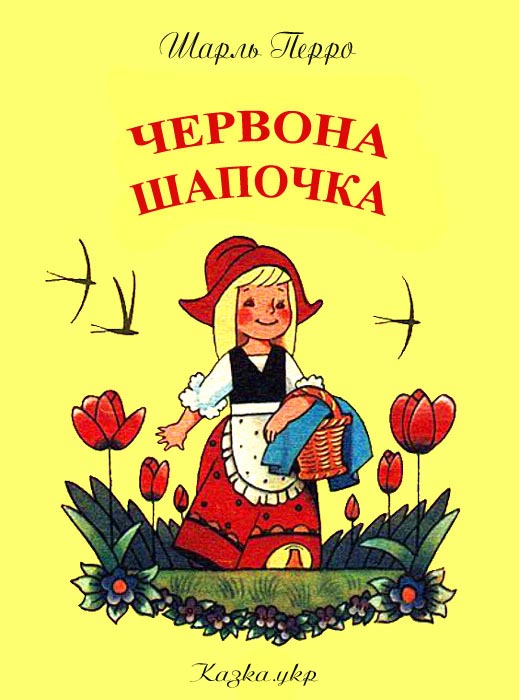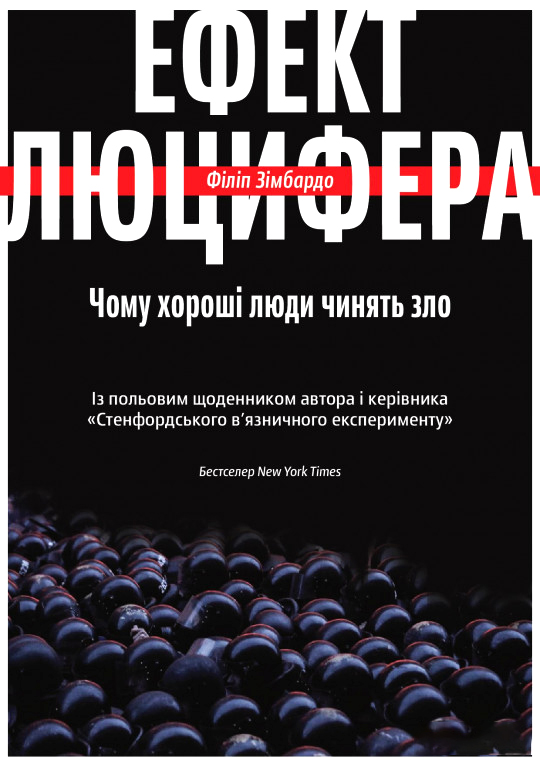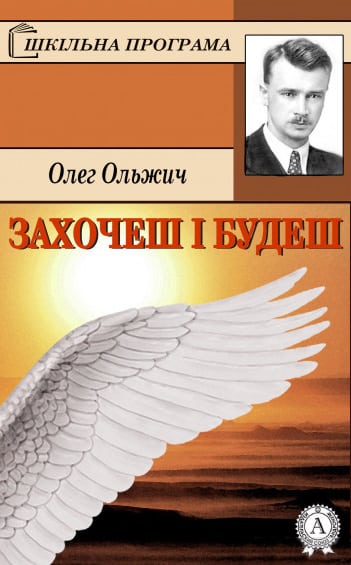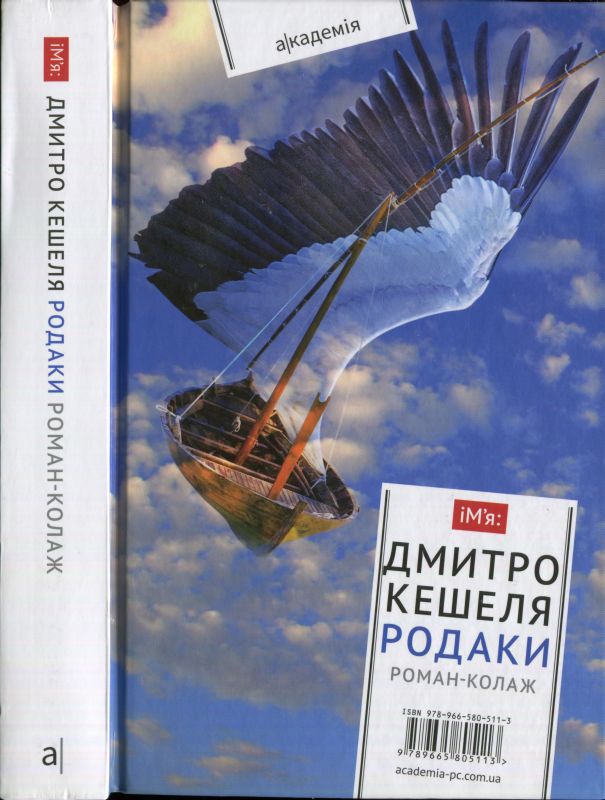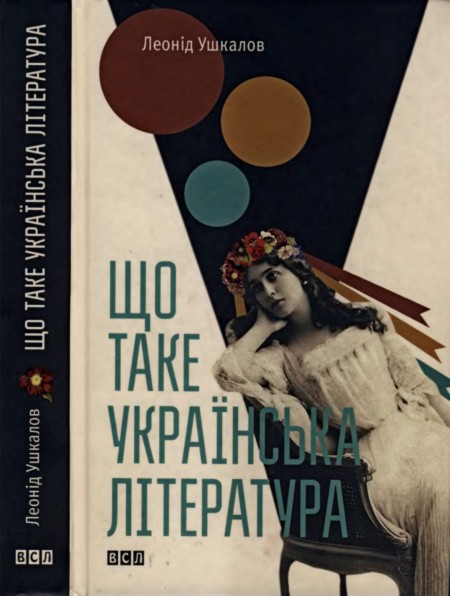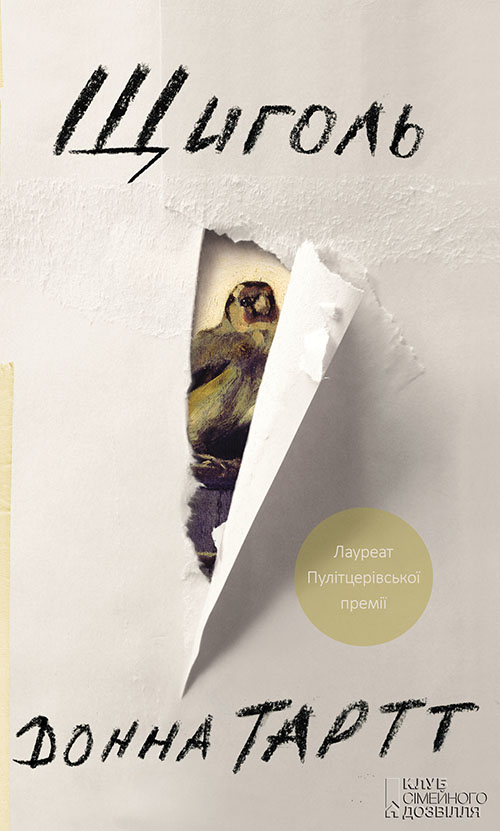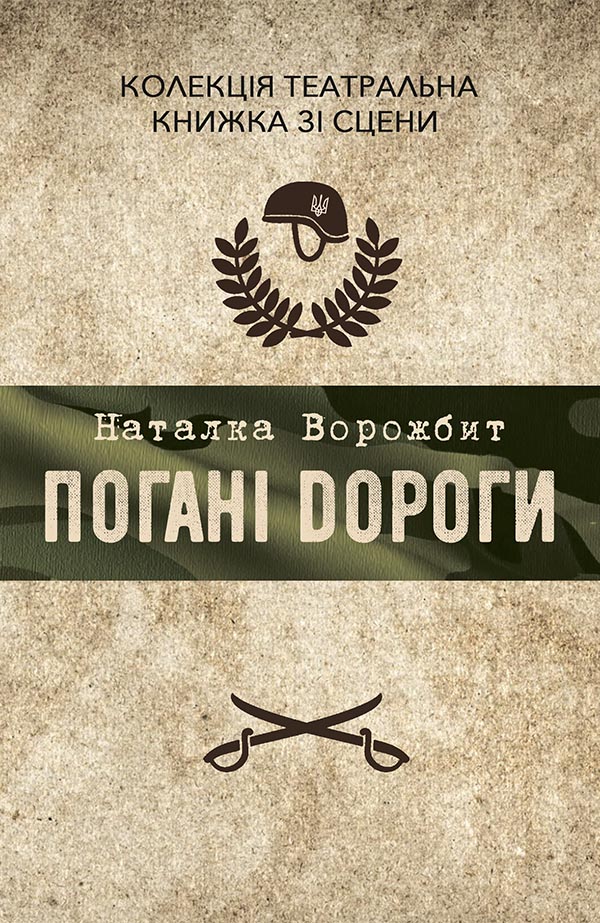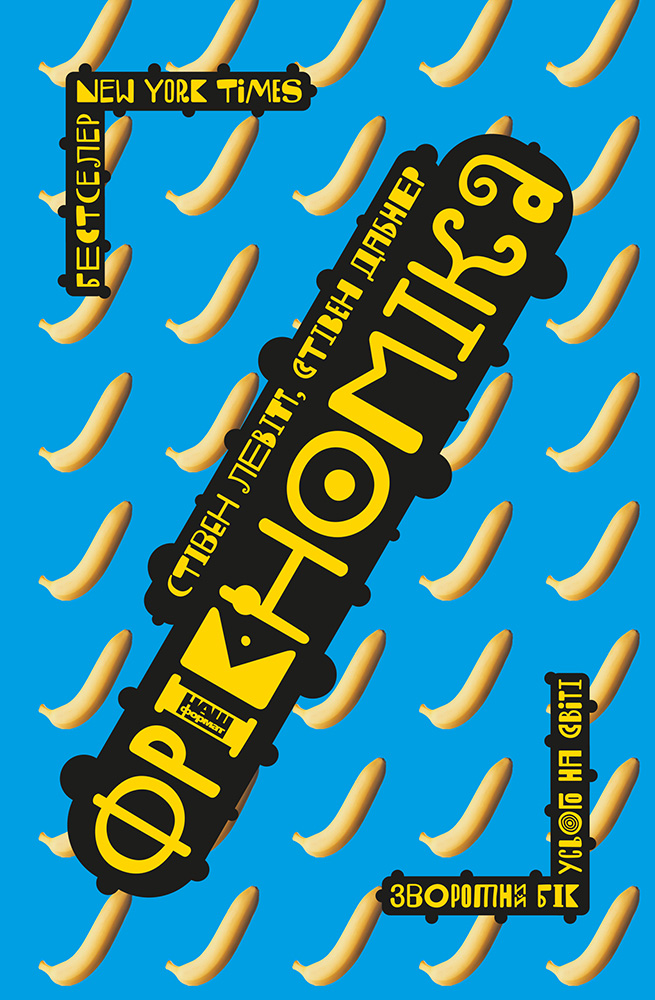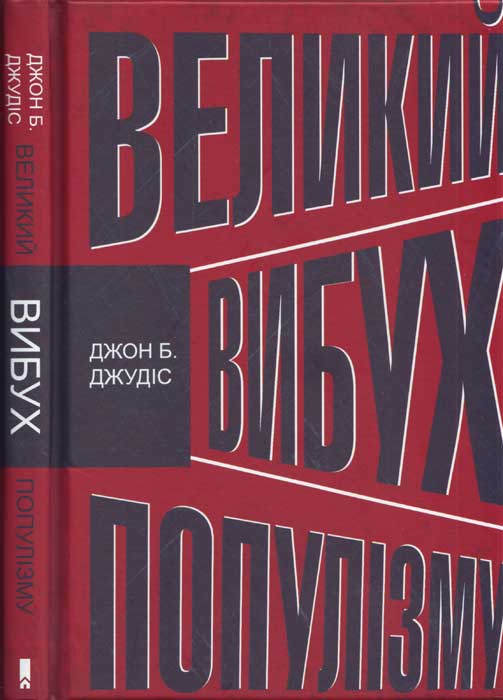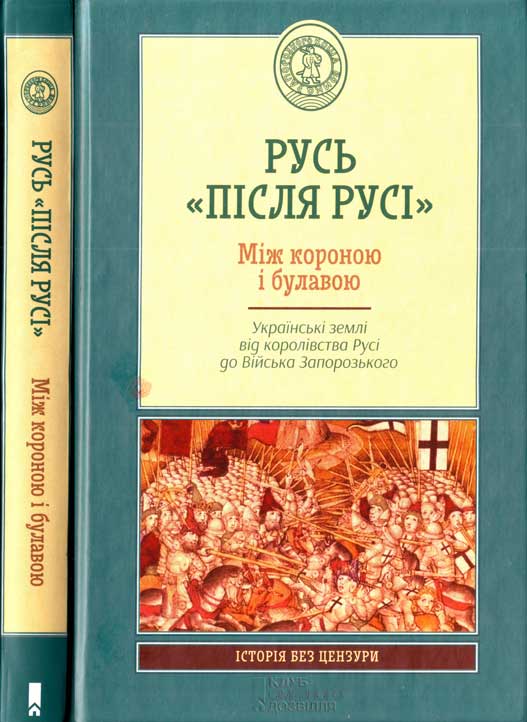Читати книгу - "Genghis Khan and the Making of the Modern World"
Шрифт:
Інтервал:
Додати в закладку:
Oghul Ghaimish Wife of Guyuk; as his widow, she tried to rule as regent of the Mongol Empire but was defeated by Sorkhokhtani and her sons.
Ogodei Third son of Genghis Khan and Borte, Great Khan of the Mongol Empire from 1229 to 1241.
Ong Khan Ruler of the Kereyid tribe. Also known by his name Torghil as well as by Wang Khan or Van Khan, variations of his title. Because his tribe was Christian, he was often assumed by Europeans to have been the fabled Prester John.
Onon River One of the three rivers that flows from Burkhan Khaldun; the river on which Genghis Khan was born and spent his childhood.
ordu or horde The court of the khan. The word came into English as horde. It was also used in Turkish, ordu, and became the word Urdu, the camp or army language that became the official language of Pakistan.
ortoo Mongolian postal system; also called yam.
Otchigen Youngest son of the family; Prince of the Hearth, or Prince of the Fire.
Shankh Monastery Buddhist monastery founded by Zanabazar and the resting place of the black sulde of Genghis Khan.
Shigi-Khutukhu Tatar boy raised by Hoelun, born around 1180 and died about 1262. Supreme judge of the Mongol Empire and the likely author of The Secret History of the Mongols.
Sochigel Mother of Begter and Belgutei, who were fathered by Yesugei, to whom she may or may not have been married. Her name is not mentioned in the Secret History.
Sorkhokhtani Wife of Tolui, mother of Mongke, Khubilai, Hulegu, and Arik Boke. By defeating the ruling family of Ogodei in 1251, she gave control of the Mongol Empire to her sons, but she died shortly thereafter.
Sulde Banner; soul; spirit.
Tangut Tribal dynasty over kingdom of Xia-Xia (Hsia-Hsia) along upper Yellow River, including Ordos, ruled by Burkhan Khan, who was killed by the Mongols in 1227 when his kingdom was incorporated into the Mongol Empire.
Tayang Khan Ruler of the Naiman of western Mongolia.
Tayichiud Close relatives of Temujin’s family, but they deserted his family when his father died.
Teb Tengeri The shaman who created discord in Genghis Khan’s family and was killed by Temuge, the youngest brother of Genghis Khan.
Temuge Youngest brother (Prince of the Hearth or Fire) of Genghis Khan.
Temujin Birth name of Genghis Khan.
Temujin Uge Tatar warrior killed by Yesugei, who subsequently gave his son that name.
Temulun Youngest sibling and only sister of Temujin.
Tolui Youngest son of Genghis Khan (1193–1233). Married to Sorkhokhtani, who managed to seize control of the empire for their four sons, with power eventually falling to their son Khubilai.
Toregene Wife of Ogodei Khan, regent of the Mongol Empire during the period (1241–1246).
tumen Military unit of ten thousand.
Uighur Turkic people now living in western China; first foreign nation to seek admission to the Mongol Empire of Genghis Khan.
Ulaanbaatar Modern capital of Mongolia; name means Red Hero.
Xanadu Western name for Khublai’s capital of Shangdu in inner Mongolia. After he built Khanbalik as the permanent capital, Shangdu became the summer capital.
Yeke Khatun Great Empress.
Yeke Mongol Ulus Great Mongol Nation.
Yesugen and Yesui Tatar sisters who married Genghis Khan.
Zanabazar Buddhist lama, descendant of Genghis Khan and founder of the Shankh Monastery.
For a complete listing of names, terms, and alternate spellings, see Paul D. Buell, Historical Dictionary of the Mongol World Empire (Lanham, Md.: Scarecrow Press, 2003).
Acknowledgments
The Mongolian nation founded by Genghis Khan in 1206 survives today, and my first thanks go to the state officials who made my research possible, particularly to President N. Bagabandi, to Minister A. Tsanjid of the Ministry of Science, Technology, Education, and Culture, and to Parliament Member A. Shagdarsuren of the Ikh Hural.
I appreciate the spontaneous gestures of support from teachers and herders all over Mongolia. Because of the respect the people had for my companions, Professors Kh. Lkhagvasuren and O. Sukhbaatar, wherever we went, people sought us out to help in our study. As an unknown foreigner, I was the constant beneficiary of the honor given to them.
It is hard to describe the dedication with which people came out to help me. Even when camped in what seemed to be the most remote place we could find, it was never long before a girl appeared on the horizon leading her yak cart filled with water or with dried dung for our fire. One warm day someone might give a small canister made from tightly sewn birch bark and filled with wild berries and dried yogurt, and another day a young hunter would bring a freshly prepared marmot or a bowl of milk. Herders not only offered me shelter and food along the way, but they also brought horses and sheep to make a personal contribution to the study of their ancestors. More than once a whole family dropped what they were doing and, leaving a boy in charge of their herd, set out to accompany us and discuss our work. On one of the most grueling days, while the older men rode horses, four armed young men voluntarily accompanied us on foot, usually running, for more than thirty miles to protect us in a wolf-infested area.
Sometimes people brought gifts of overwhelming generosity—shimmering pelts or highly polished animal horns. Others brought small wooden figures carved in the form of a horse, a sheep, or a goat. Shamans offered prayers for the success of our research, and monks donated incense for us to burn on the holy places we encountered. Some people with little else to offer simply gave me small stones that I might remember the place where they lived. Such debts can never be repaid.
While I alone bear responsibility for the shortcomings of this work, credit for any achievements must be shared among many people. I appreciate the guidance of Professor J. Boldbaatar of the Faculty of Social Science of the National University of Mongolia. I was consistently helped by the staff, faculty, and students of Chinggis Khaan College in Ulaanbaatar. When I published the original edition
Увага!
Сайт зберігає кукі вашого браузера. Ви зможете в будь-який момент зробити закладку та продовжити читання книги «Genghis Khan and the Making of the Modern World», після закриття браузера.
